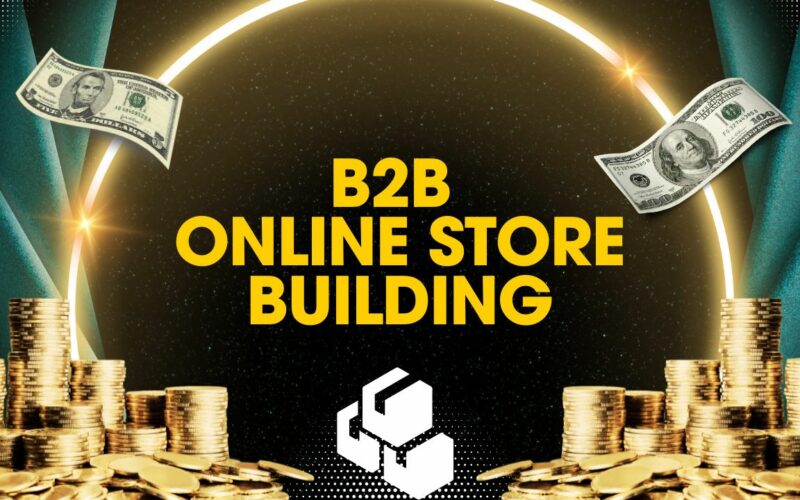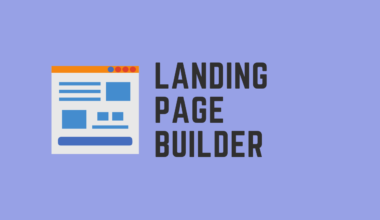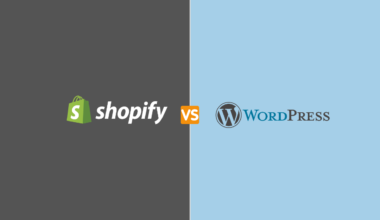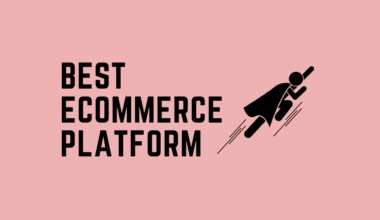In today’s online world, B2B online shopping has turned into an important way for firms to connect with other firms, mak͏e sales easier, and boost income. Making a B2B online store is not just about putting up a website; it’s about building a strong platform that fits the special needs of b2b business. In this guide we will talk about the main parts of B2B online shop creation from getting the basics to picking the correct platform and making it better for long-term growth.
Table of Contents
What is B2B Ecommerce?
B2B (Business-to-Business) online shopping means deals done on the web between firms. Different from B2C (Business-to-Consumer) online shopping, where companies sell straight to final buyers; B2B online shopping includes deals among businesses like sellers, makers, and suppliers.
The primary goal of a B2B ecommerce website is to facilitate bulk ordering, manage complex pricing structures, streamline operations, and provide a personalized experience for business clients. These websites often include features like volume-based pricing, bulk ordering, contract management, and integration with business management systems like ERPs (Enterprise Resource Planning).
Key Features of a B2B Ecommerce Website
When developing a B2B ecommerce website, certain features are essential to meet the needs of business customers and ensure smooth operations. These features include:
- Custom Pricing and Discounts: B2B clients often require different pricing structures depending on factors like purchase volume, contract terms, or long-term relationships. Your website should support dynamic pricing models that cater to these needs.
- Bulk Ordering: B2B clients typically place larger orders compared to B2C customers. The website should facilitate bulk ordering by offering easy-to-use bulk product listings, shopping cart functionalities, and streamlined checkout processes.
- Advanced Search and Filtering: B2B websites often carry a large inventory. To improve user experience, advanced search and filtering options, including SKU-based searches and product categorization, are essential.
- User Accounts and Roles: B2B ecommerce platforms often serve multiple users within the same company. Allowing different users to access accounts with specific roles (e.g., purchasers, finance approvers, etc.) is important for managing orders effectively.
- Order Tracking and History: B2B clients often place repeat orders or require detailed order tracking. Providing a clear order history, tracking options, and downloadable invoices enhances customer satisfaction.
- Integration with Business Systems: Integration with ERP, CRM, and accounting systems ensures seamless data exchange between your website and internal operations, helping manage orders, inventory, and customer relationships efficiently.
Steps to Develop a B2B Ecommerce Website
1. Define Your Business Goals and Target Audience
Before you start building a B2B ecommerce website, it’s important to define your business objectives. Are you aiming to expand your market, improve customer relationships, or streamline operations? Knowing your goals will help you shape the platform’s features and functionality.
Understanding your target audience is equally important. B2B customers have specific needs, such as tailored pricing, fast reordering, and integration with their procurement systems. Define your customer profiles to guide your website’s development.
2. Choose the Right Ecommerce Platform
Selecting the right platform is critical for B2B ecommerce success. There are several platforms tailored to B2B needs, such as:
- Magento: A highly customizable open-source platform that offers B2B-specific features like tiered pricing, bulk ordering, and seamless integration with ERPs.
- Shopify Plus: A robust, hosted solution that provides scalability and easy setup for B2B ecommerce.
- BigCommerce: Offers advanced B2B features such as customer groups, dynamic pricing, and multi-channel selling.
When choosing a platform, consider factors like scalability, ease of use, integration options, and cost.
3. Design with the User in Mind
A B2B ecommerce website should prioritize functionality, but user experience (UX) should not be overlooked. Create an intuitive, easy-to-navigate interface that simplifies the purchasing process for business clients.
Key UX considerations include:
- Responsive Design: Ensure your website is mobile-friendly, as many business users make purchasing decisions on the go.
- Clear CTAs (Call-to-Actions): Make it easy for users to find important actions like adding to cart, requesting a quote, or contacting sales.
- Personalization: Tailor the website experience based on user roles, purchase history, and preferences to improve engagement and sales.
4. Implement B2B Ecommerce Features
Once the platform and design are in place, it’s time to implement key B2B features:
- Custom Pricing and Bulk Discounts: Set up pricing tiers based on customer groups, contracts, and order volumes.
- Quoting System: Allow users to request quotes for large or custom orders.
- Advanced Order Management: Enable users to track orders, manage shipments, and reorder items quickly.
5. Optimize for SEO and Performance
To drive traffic and sales, your B2B ecommerce site must be optimized for search engines. Here are a few SEO best practices:
- Keyword Research: Identify keywords relevant to your industry and target audience. Focus on long-tail keywords that reflect buyer intent, such as “wholesale industrial supplies” or “bulk office furniture.”
- Content Marketing: Create high-quality content like blogs, case studies, and product guides that address pain points in your industry and improve organic rankings.
- Site Speed: A fast-loading website improves both user experience and SEO rankings. Use optimization techniques like image compression, browser caching, and a content delivery network (CDN) to enhance site speed.
6. Test, Launch, and Optimize
Before going live, thoroughly test your B2B ecommerce website for any functionality, performance, or security issues. After launching, continue to monitor the website’s performance and gather feedback from users to identify areas for improvement.
Regular updates to the platform, such as adding new features, improving usability, and optimizing SEO, will help maintain long-term growth.
Conclusion
Building a successful B2B ecommerce website requires careful planning, from selecting the right platform to implementing features that cater to business clients. By focusing on scalability, customization, and a seamless user experience, businesses can create a powerful B2B ecommerce platform that enhances customer relationships and drives sales. Emphasizing SEO and ongoing optimization ensures that the platform continues to grow and succeed in the competitive digital landscape.
Whether you are new to B2B ecommerce or looking to upgrade your existing platform, following these steps will guide you toward building a website that meets the needs of today’s business buyers.






